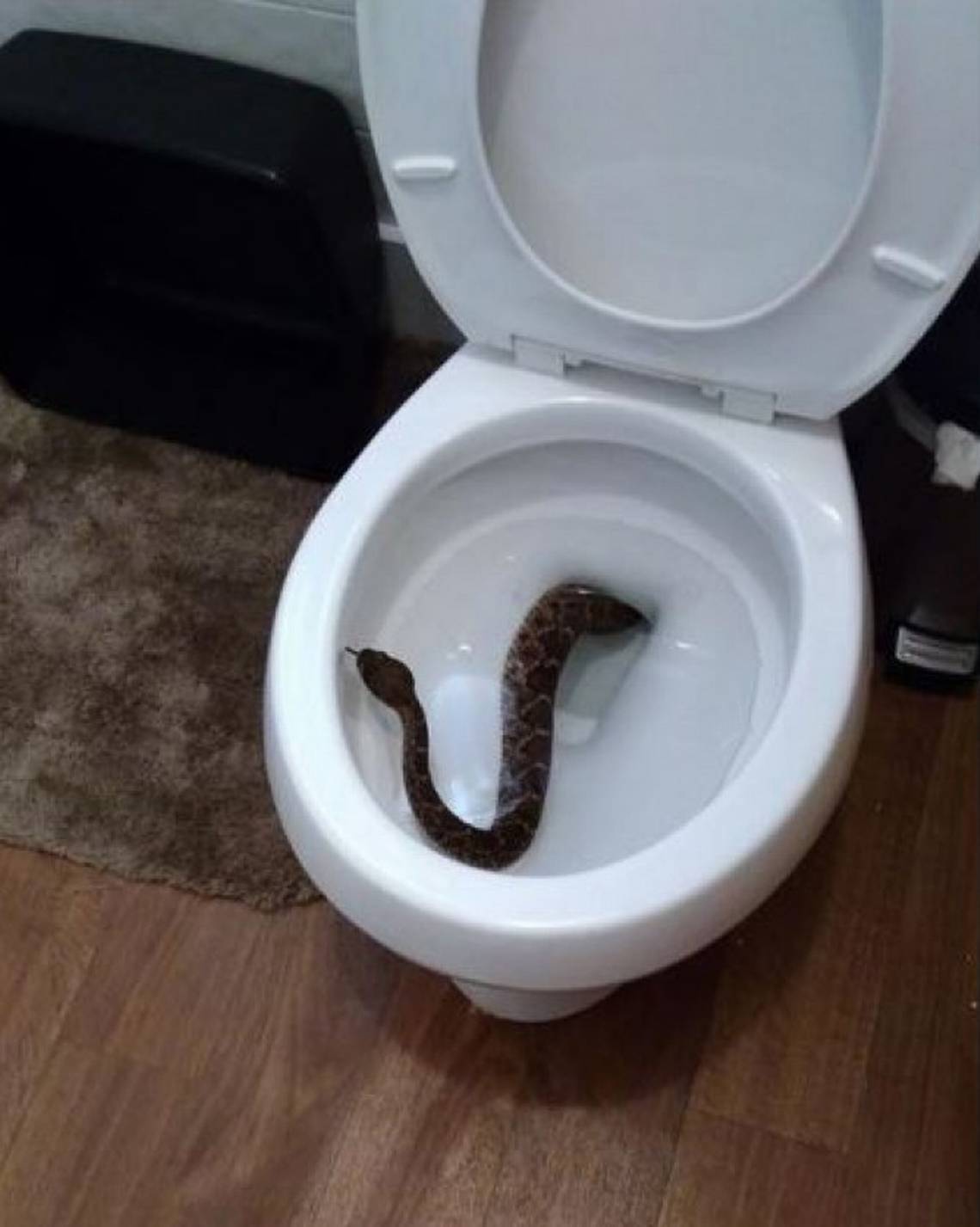“Got this guy trapped entering my garage, luckily the pest control trap caught him on the way in. Might’ve saved me an ER visit,” the man wrote.
Experts say the reptiles will appear more as temperatures heat up in North Texas. Should you be worried? Here’s what to know about the snakes.
President of the Dallas-Fort Worth Herpetological Society Mark Pyle said rattlesnakes hibernate in the winter and emerge from their dens at the end of March when temperatures get to near 80 degrees in Texas.
“People and rattlesnakes enjoy the same temperatures so when it’s really nice for you to be outside and enjoy the sun, that’s when a lot of snakes like to be out too, “ he said.
⚡ More trending stories:
→ There’s no ‘better place’ to see April 8 total solar eclipse than in this tiny Texas town.
→In Texas, set your thermostat at 80 when it’s 100 degrees, expert says.
→Groceries at this national chain are the cheapest, study finds.
Pyle said finding a snake in a garage, toilet, or under the foundation of an old house is common because those are the places most rodents tend to be.
“They’re just trying to find a place to go hunting or hang out, especially younger ones because they haven’t had the experience to figure out where it’s hunting spots are.”
The Eastern massasauga and Western diamondback are the most common rattlesnake in North Texas. Although they can be spotted outside at any time of day, the snakes are most active in the early morning and late evening. There are over 105 species of snakes in Texas, and 15 are venomous.
Rattlesnakes tend to seek cool spots to avoid overheating in hot weather. They can be found under shady places like logs, rocks, large shrubs, and woodpiles.

WHAT TO DO IF YOU SEE A RATTLESNAKE
Rattlesnakes are venomous, Pyle said, so if you see one you should move to a safe place.
“Get somewhere safe as soon as possible then snap a quick photo,” he said. “I would recommend going on to the ‘What kind of snake is this North Texas’ educational Facebook group and posting a picture and asking for some help.”
Pyle said the snake won’t bite you unless it feels threatened so upon spotting it, just leave it alone.
“You don’t need a warning sign for them to bite, just assume that if you’re in strike range you’re in danger,” the snake expert explained. “Rattlesnakes do rattle but they don’t always rattle before they strike.”
If you do get bitten by the snake Pyle recommends staying calm and taking off any piece of clothing around the bite because the area will swell.
“You can draw a circle around the bite site and put a time on there because that’ll help doctors later on to see what time you got bit,” Pyle said. Then every 15 minutes, you can mark the edge of swelling with a marker and put the time on that so when you get to the hospital, they can see how fast that progression is going.
“If you’re on a hiking trail somewhere and don’t have access to a pen or marker, you can take photos of the bite with your phone and use its timestamp,” he said.
After marking the spots, Pyle said, you should call someone near by and have them take you to the hospital or call 911. He also recommends not driving because your blood pressure could drop or you could lose consciousness after the bite.
Here’s what not to do if bitten by a snake in Texas
Do not try to suck venom from the bite wound. Do not make cuts over the snake bite. Do not apply a tourniquet or other constricting device. Do not apply a cold pack or ice to the snake bite. Do not apply an electrical shock to the snake bite. Do not take pain reliever or other medications unless instructed to do so by a physician. Do not drink alcoholic beverages. Do not administer antivenom yourself.
